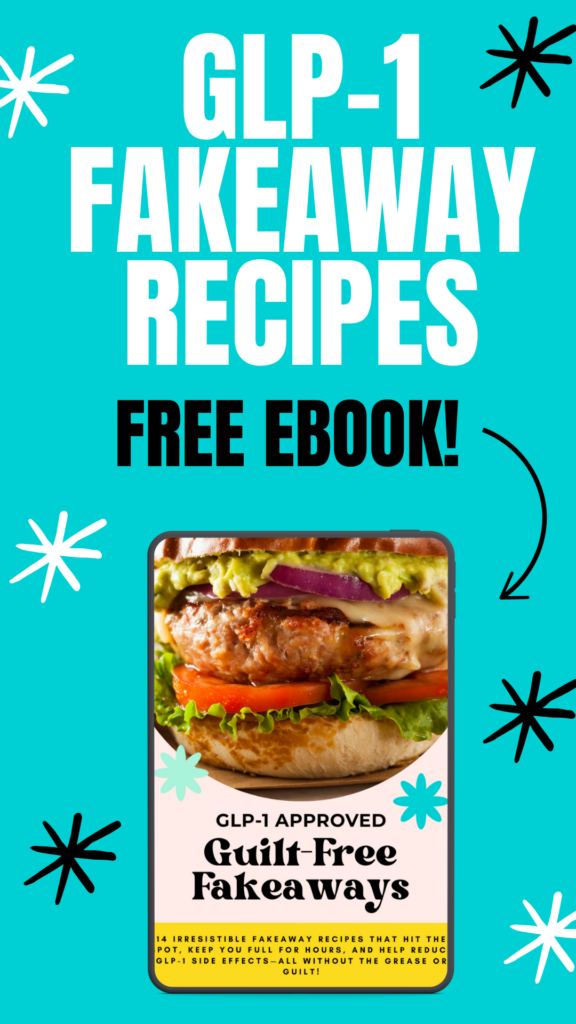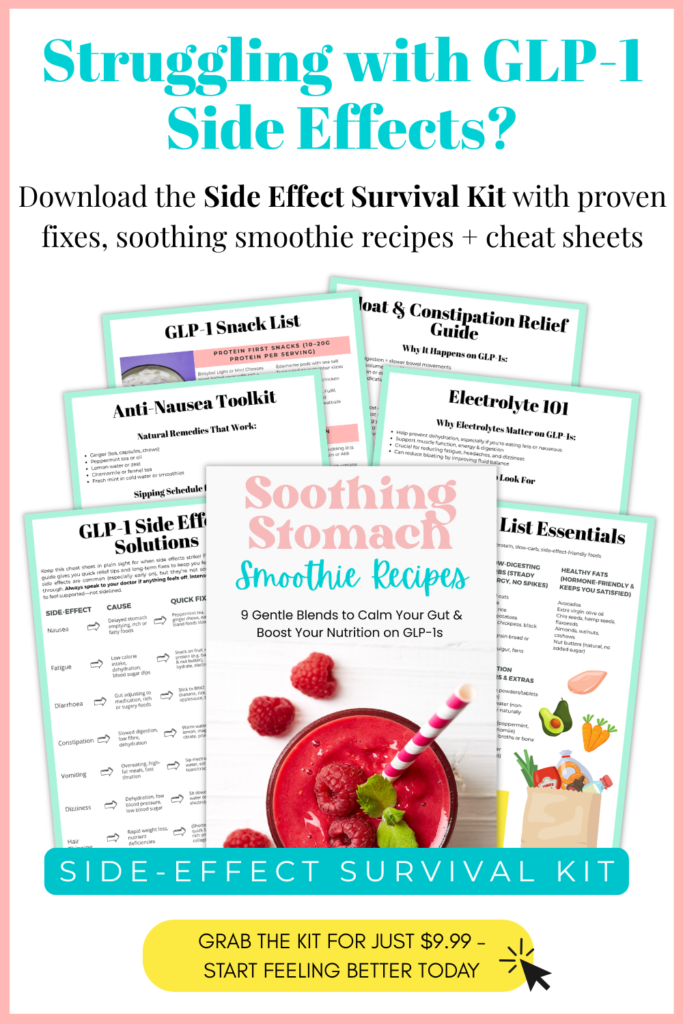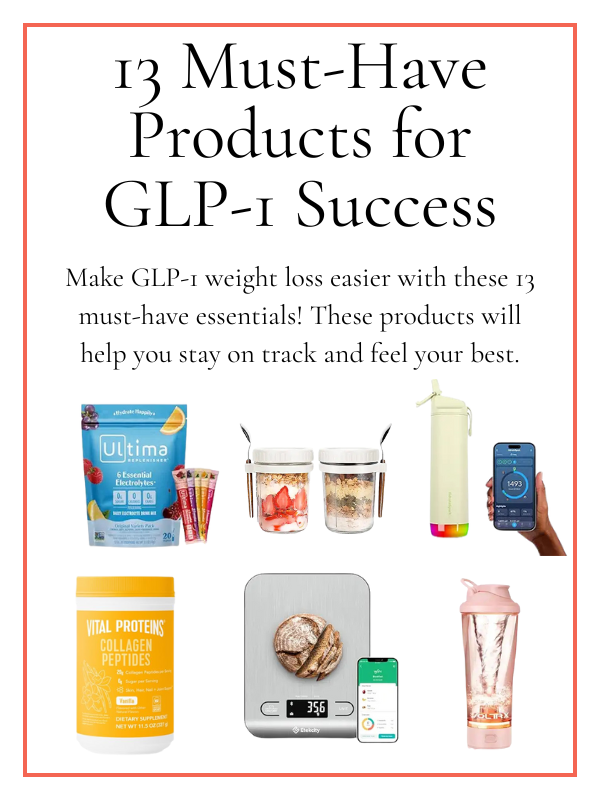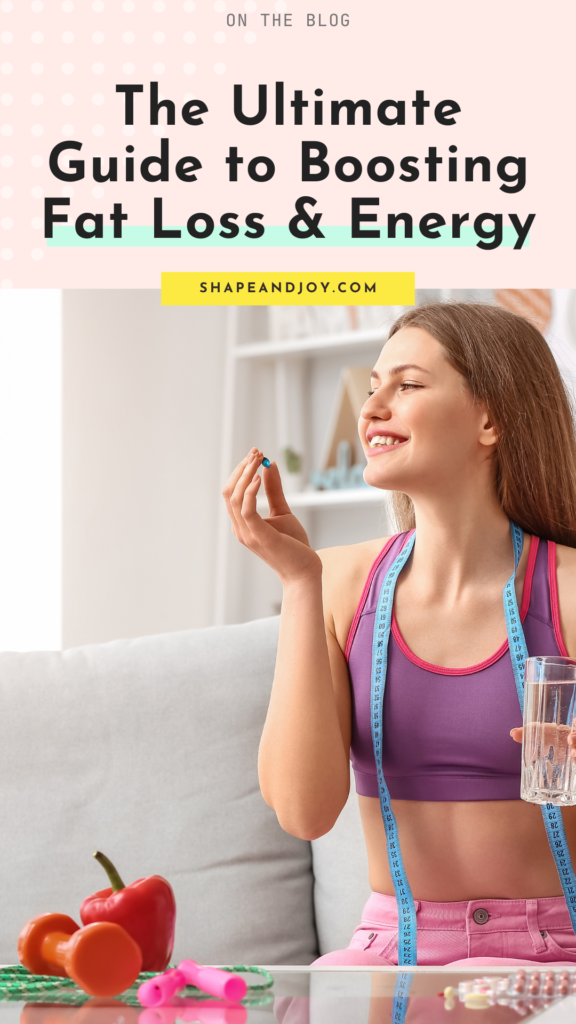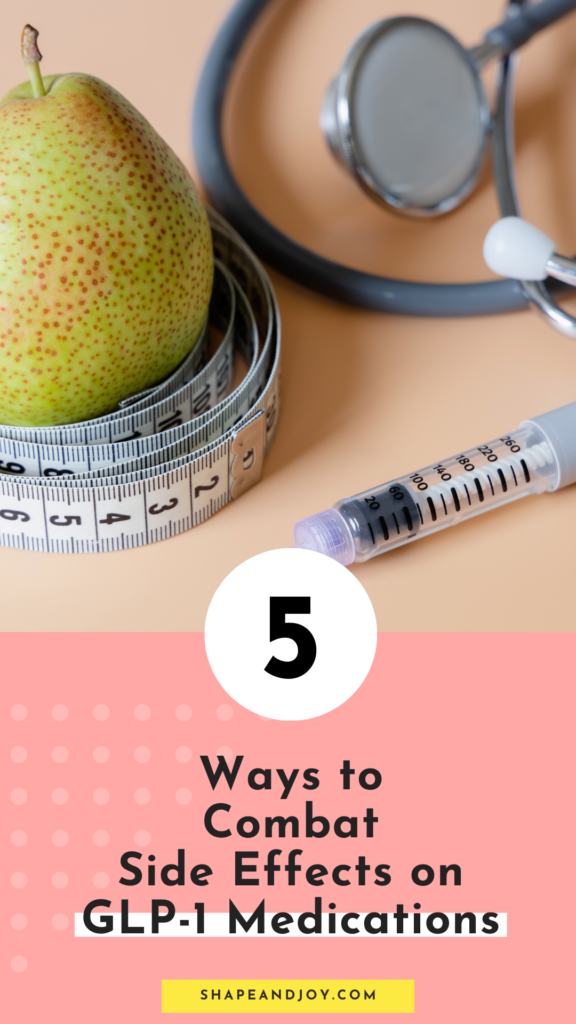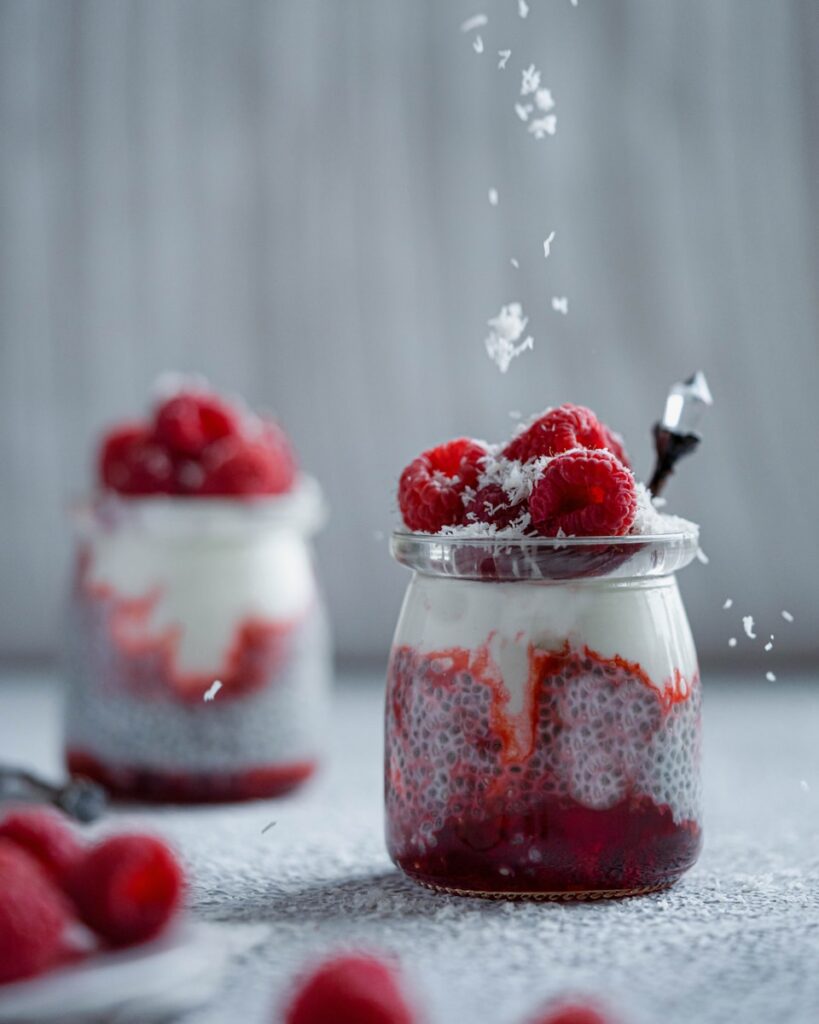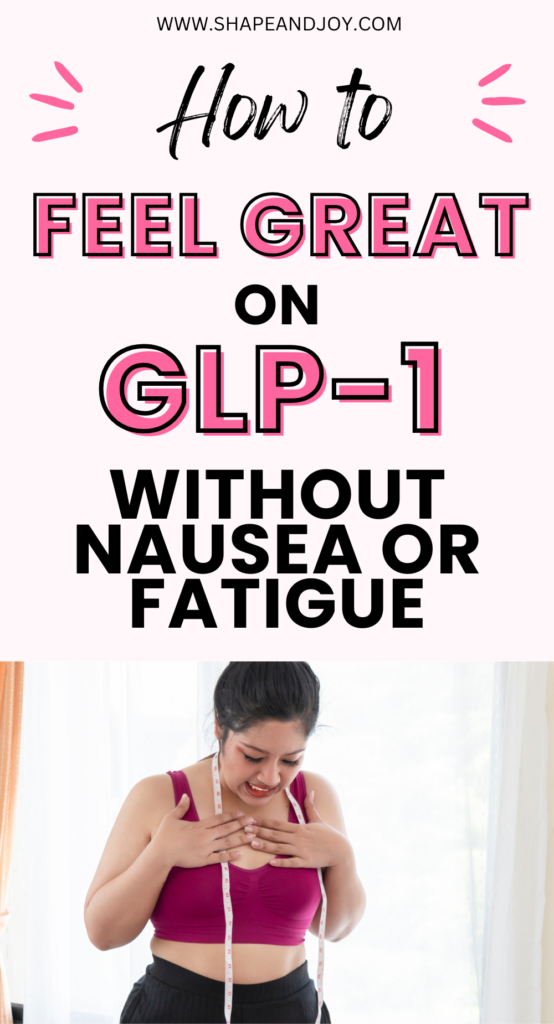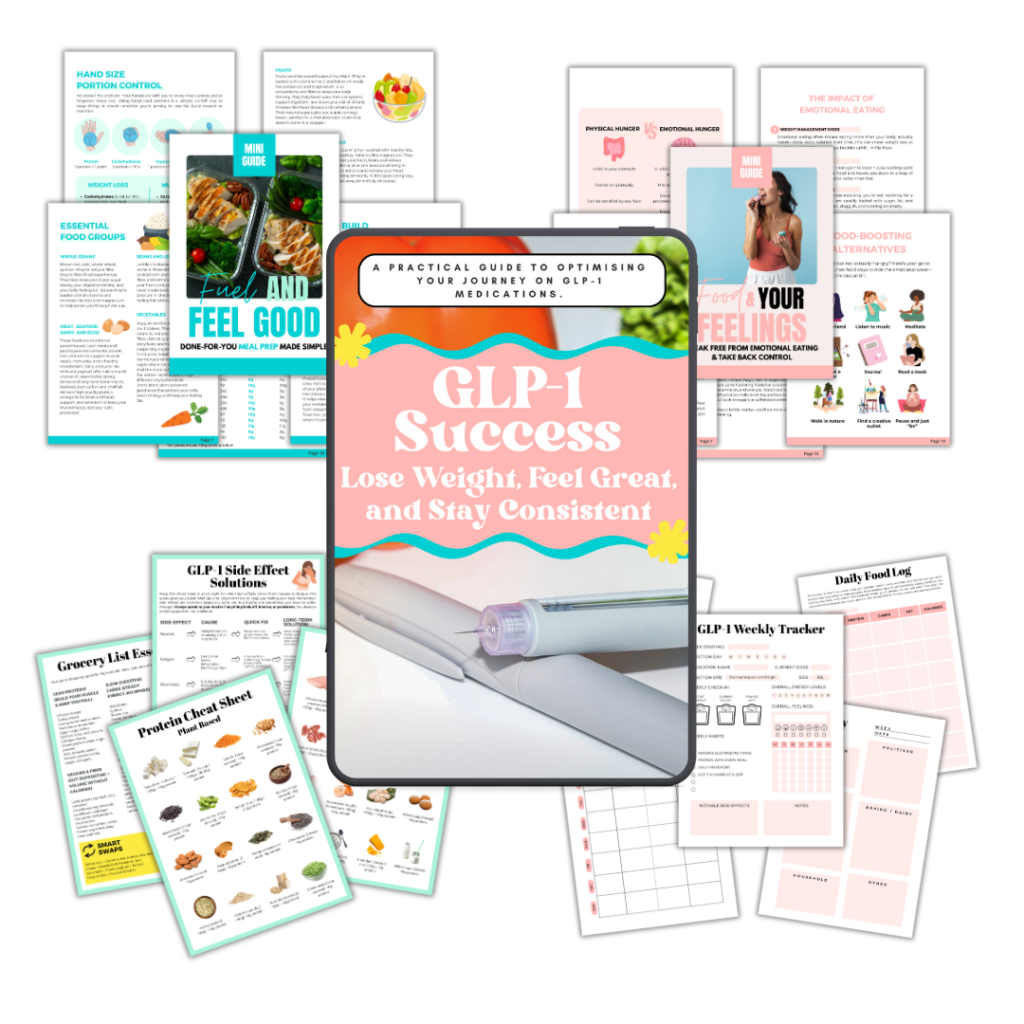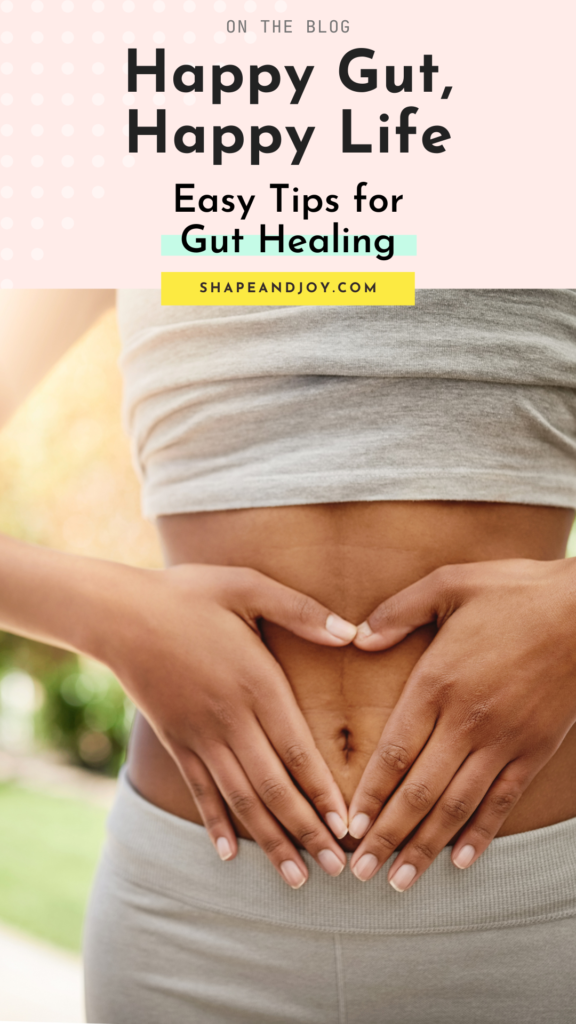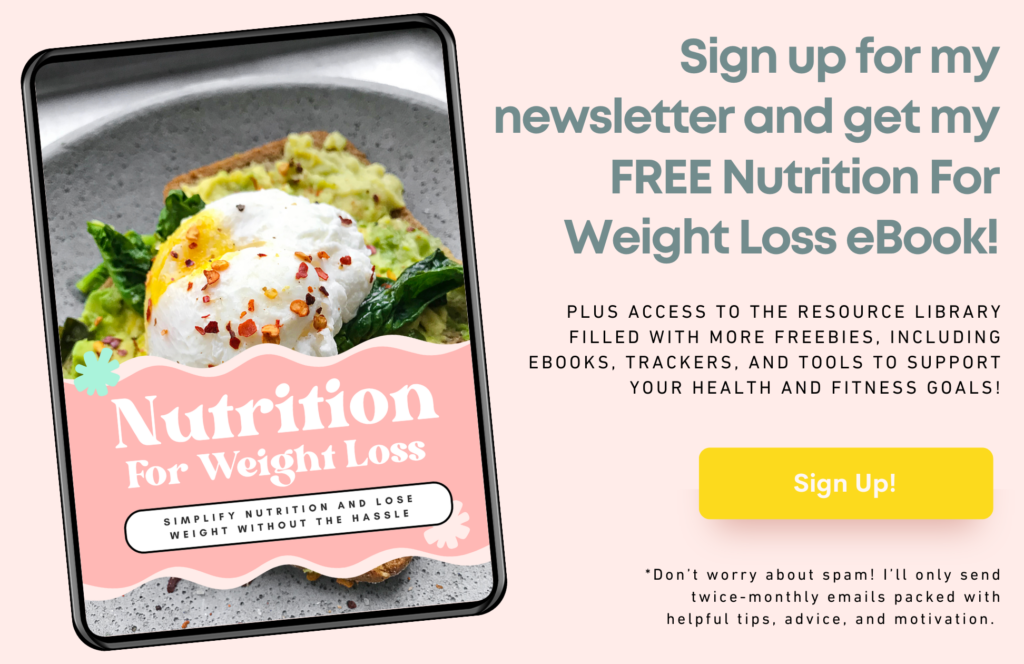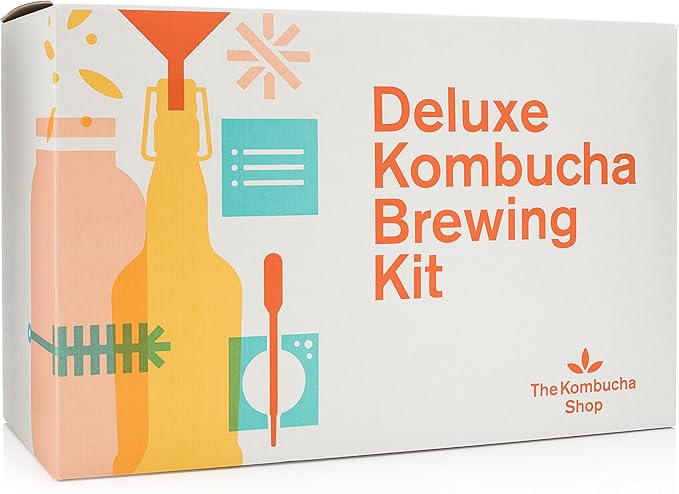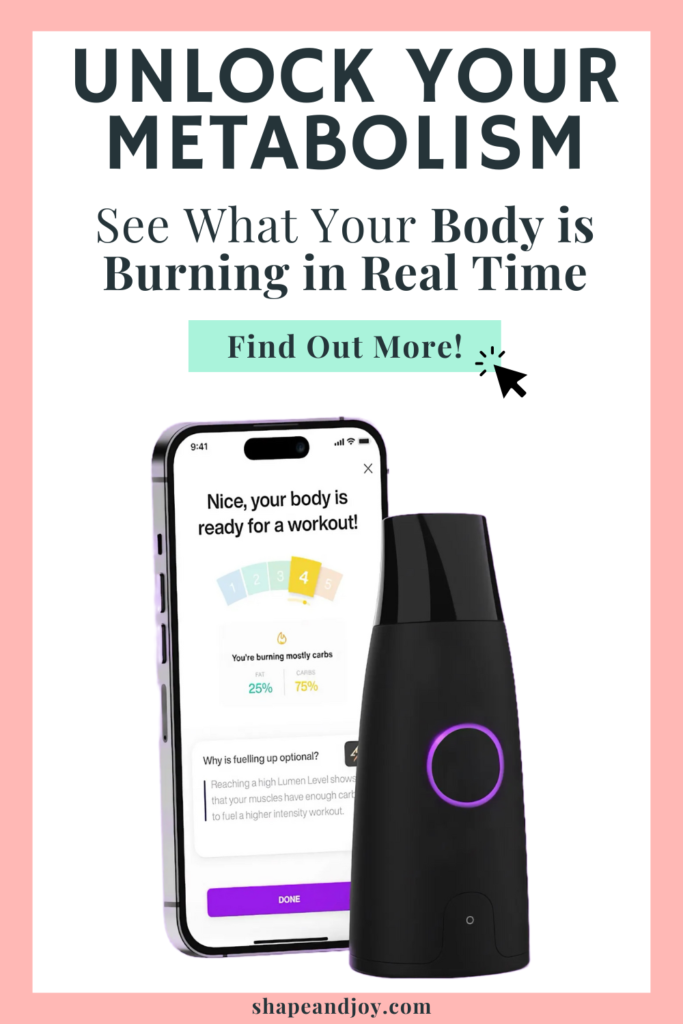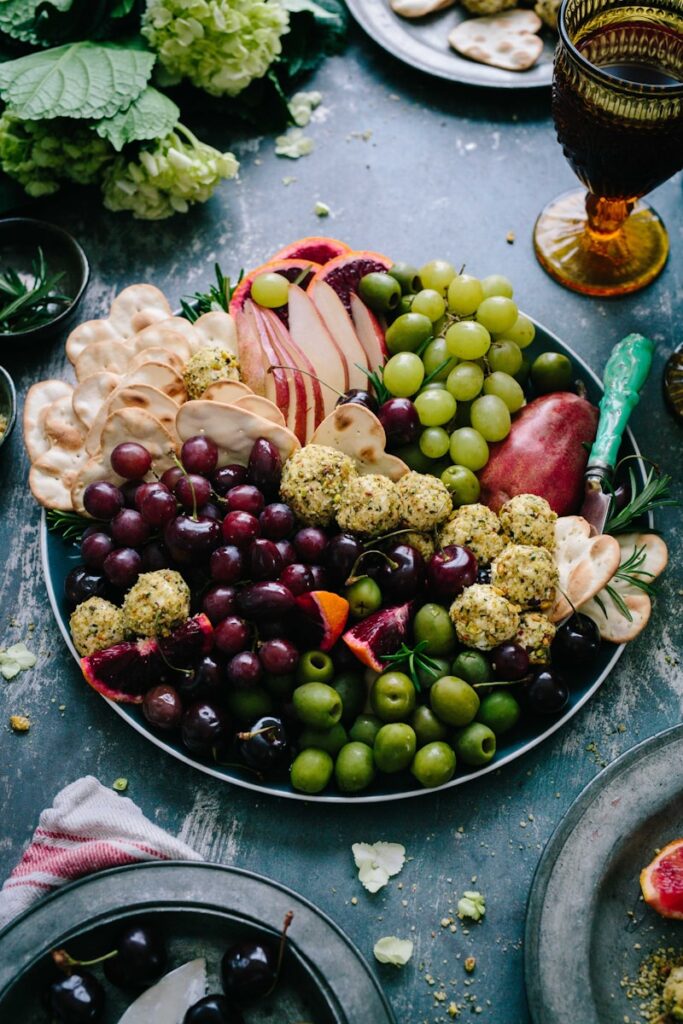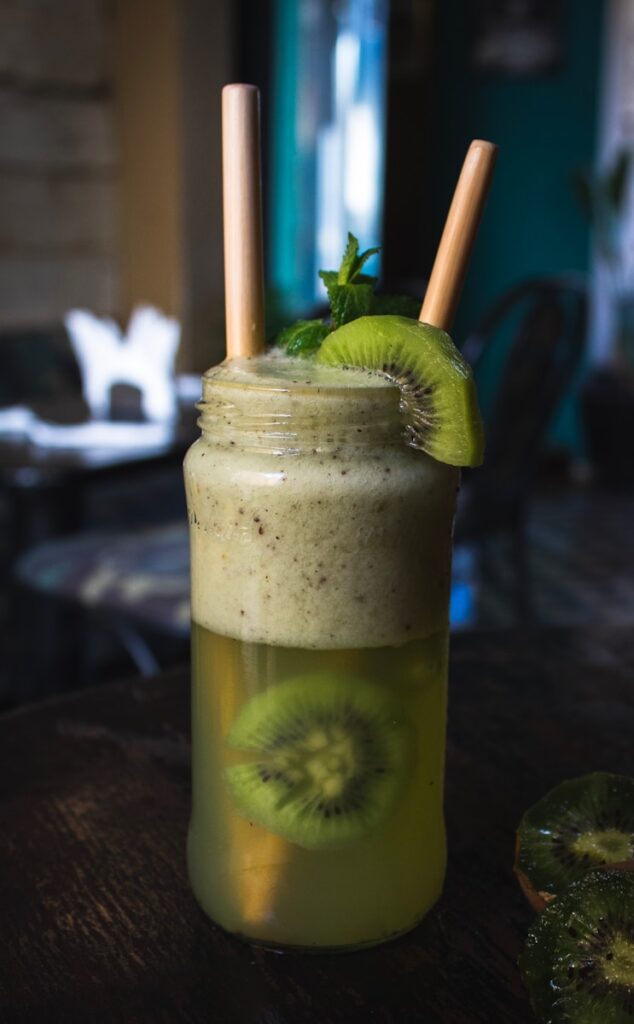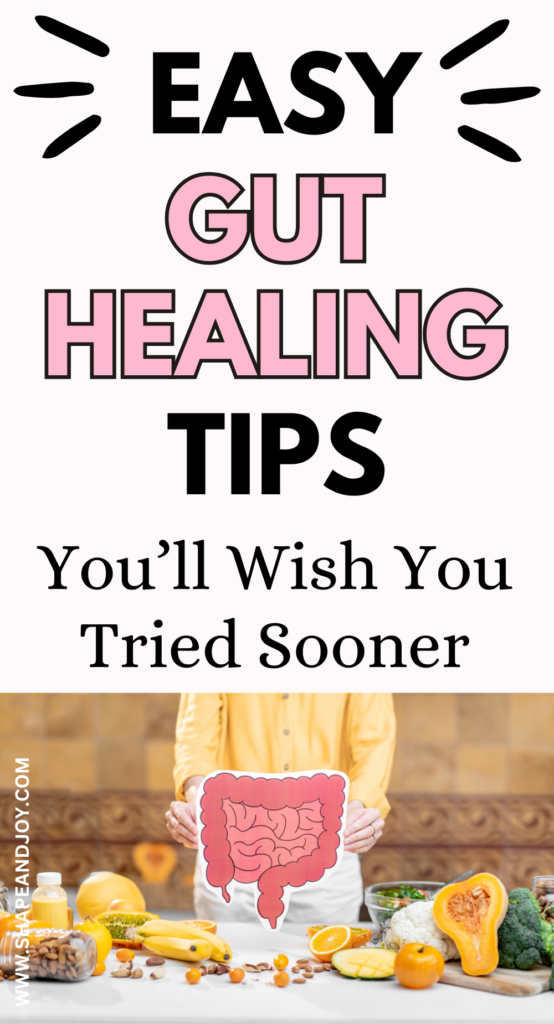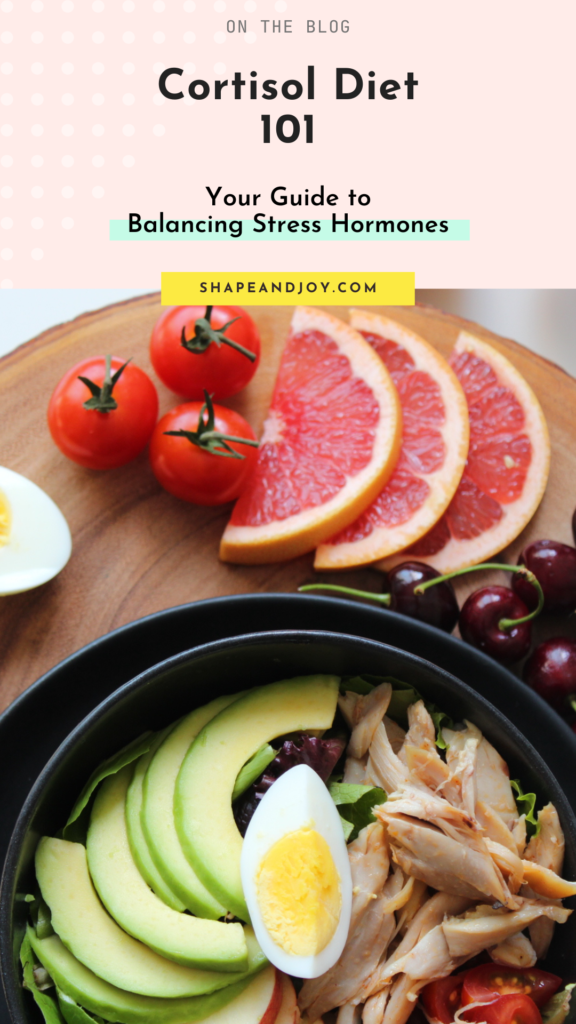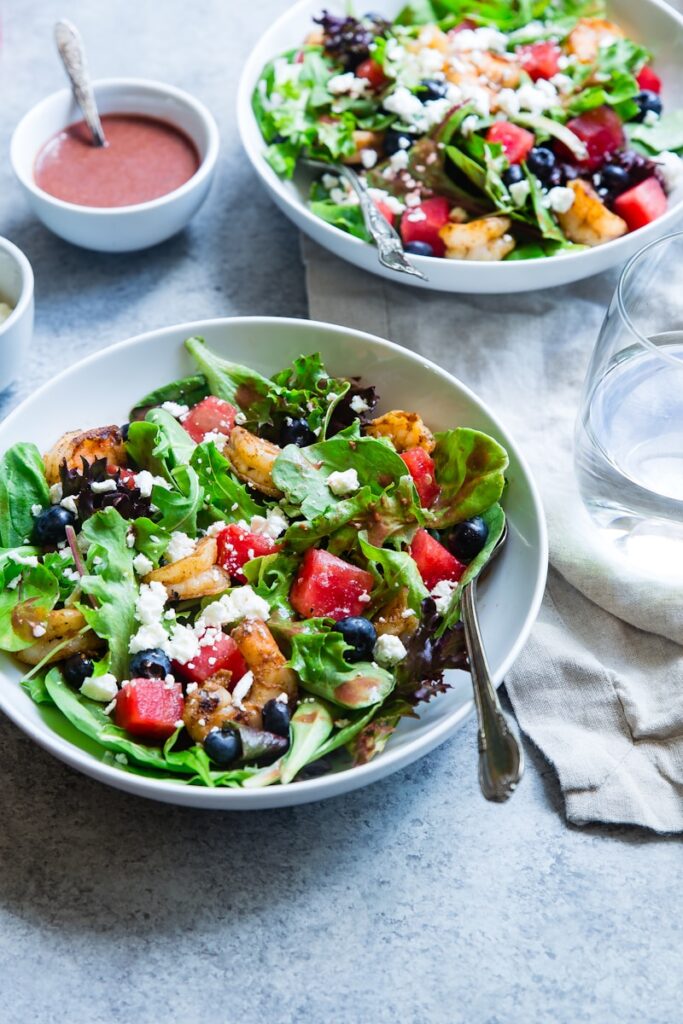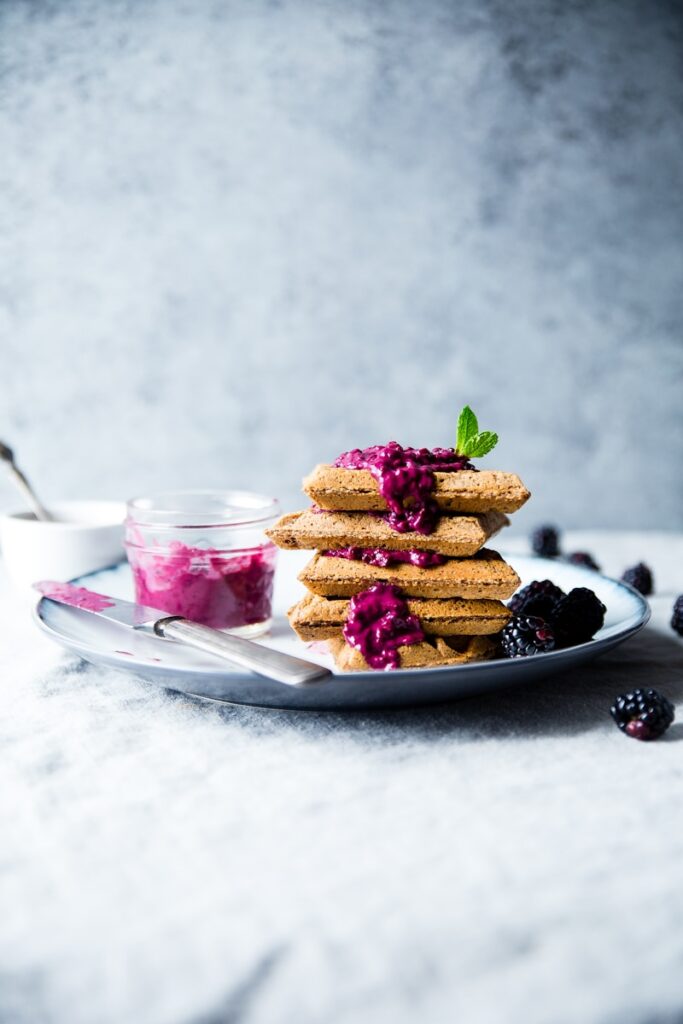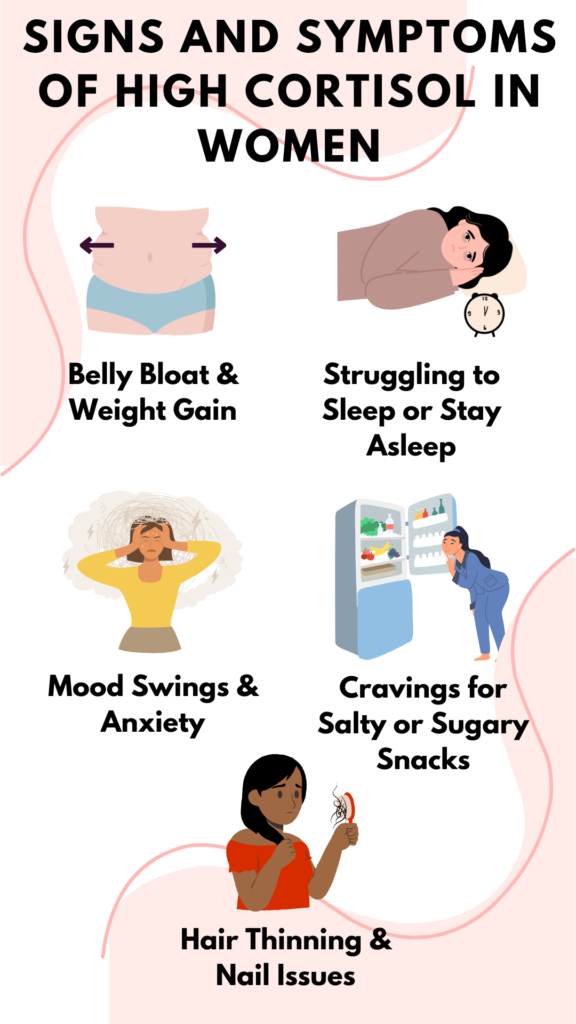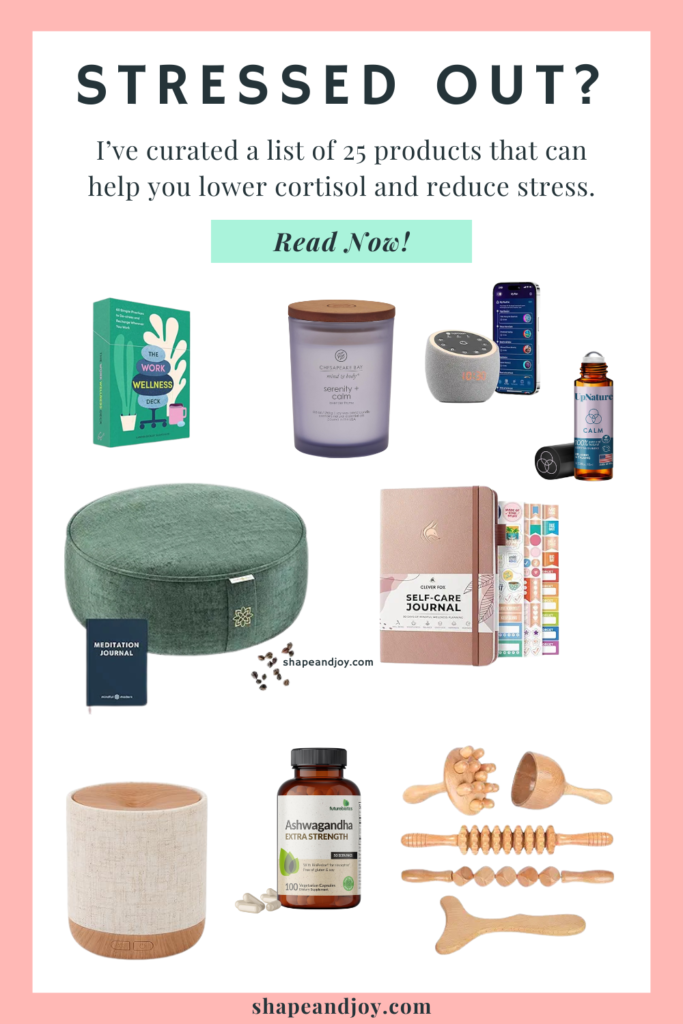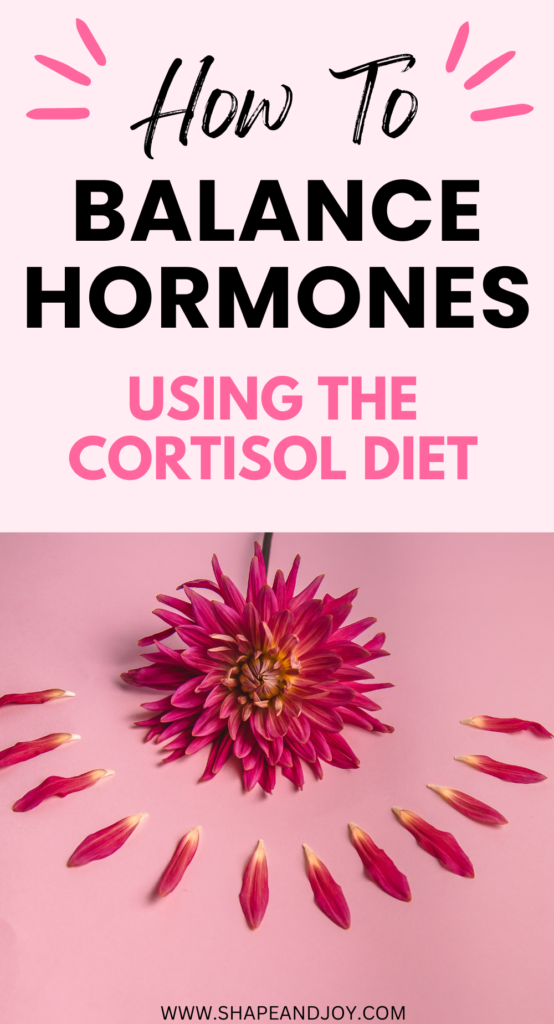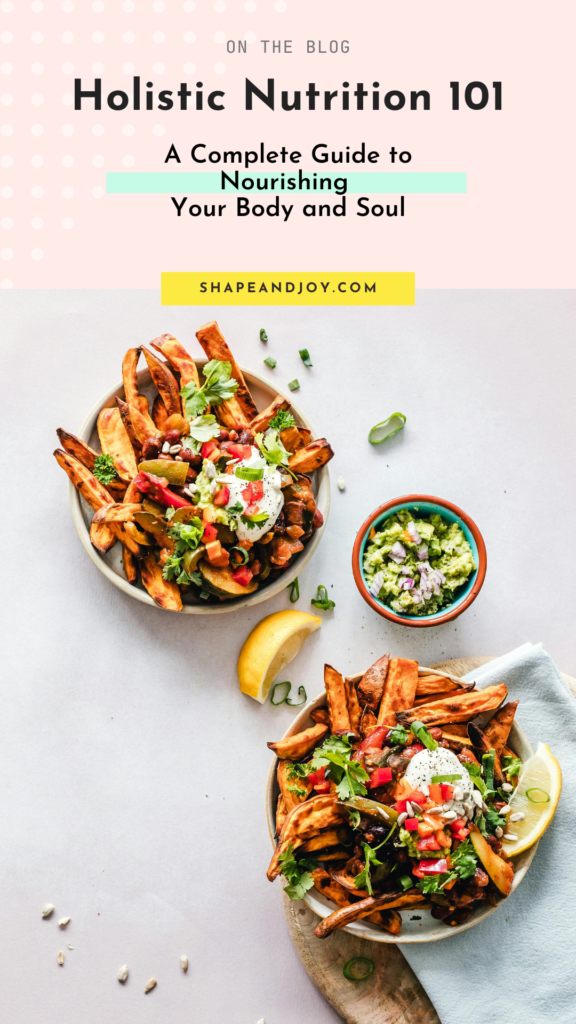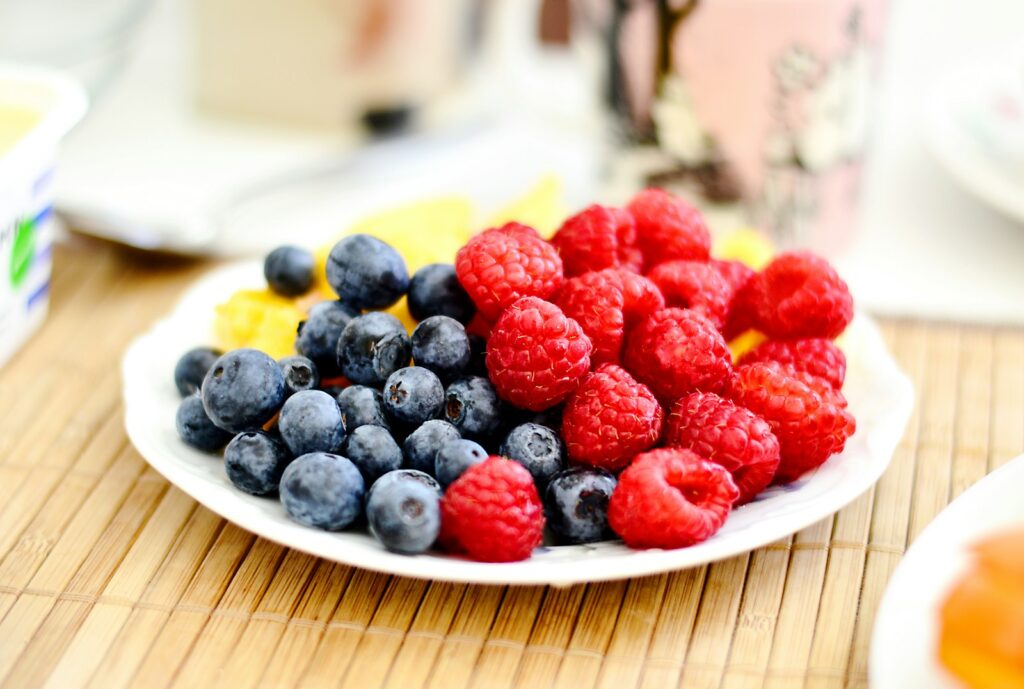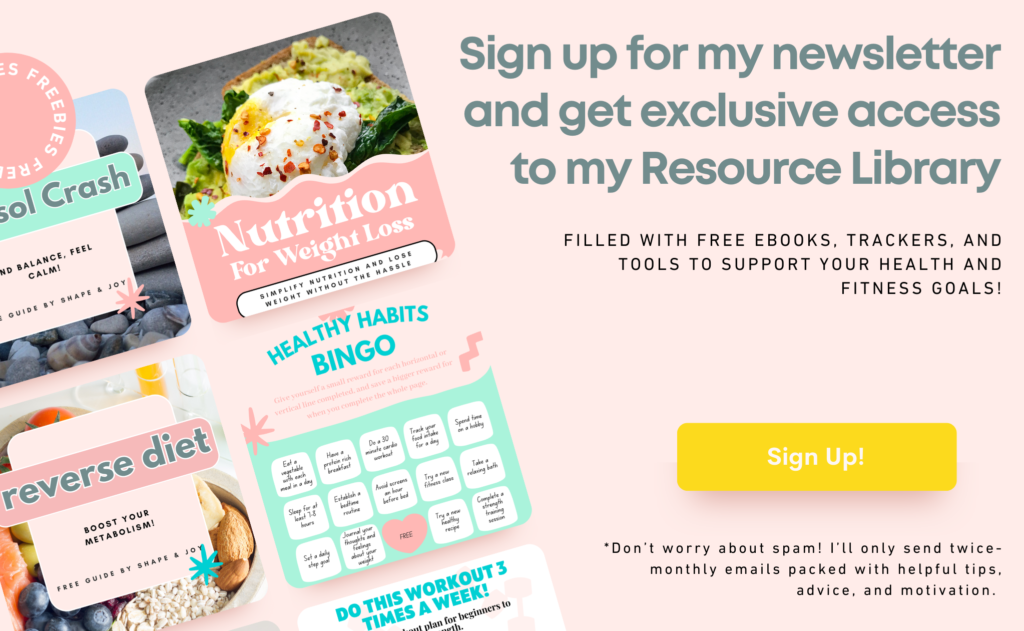14 High-Protein GLP-1 Fakeaway Recipes – Easy, Delicious & Side-Effect Safe!
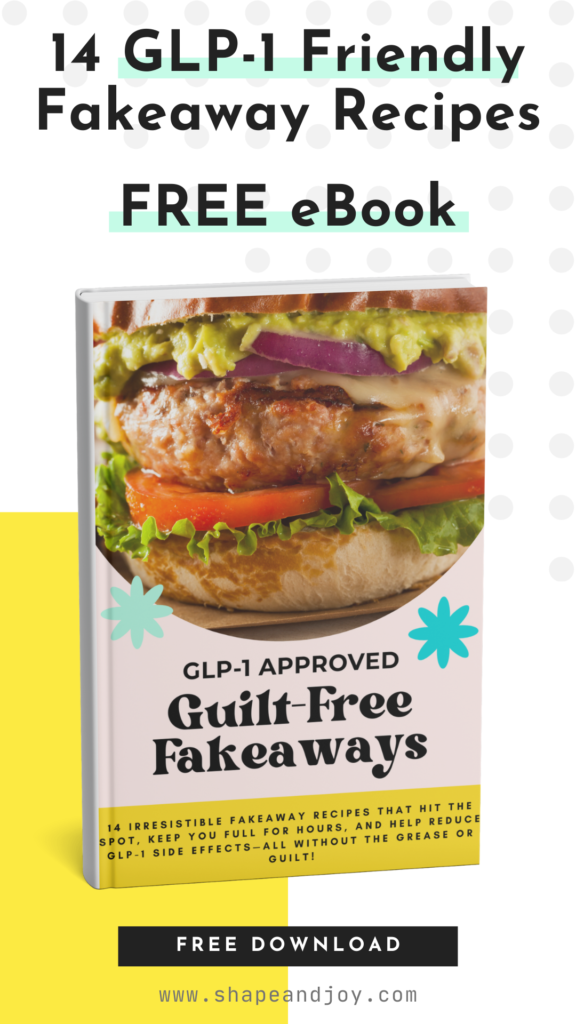
Alright, love, let’s be real—just because you’re on GLP-1 meds doesn’t mean you suddenly stop craving your favourite cheesy, crispy, saucy, delicious takeaways. But here’s the thing: most takeaway meals are gut-wreckers when you’re on Mounjaro, Zepbound, or Wegovy. They’re loaded with dodgy oils, bloating carbs, and ingredients that’ll have your stomach doing backflips before you even get through your first bite. The good news? You don’t have to give up the flavours you love to stay on track. You just need a cheeky little fakeaway swap that won’t leave you clutching your stomach in regret.
GLP-1 Side Effects & the Foods That Make Them Worse (So You Can Avoid the Struggle!)
First things first, let’s talk side effects—because if you’re on a GLP-1, you probably already know that while these meds are magic for appetite control, they can also come with a few… let’s say unpleasant surprises.
But don’t worry—what you eat can make a massive difference in how you feel, which is why every recipe in this Fakeaway book is designed to be side-effect-friendly.
The Most Common GLP-1 Side Effects
If any of these sound familiar, you’re not alone:
- Nausea & bloating – That ugh feeling when food sits like a rock in your stomach.
- Acid reflux – That lovely burning sensation after a meal (chef’s kiss, but make it painful). A feeling I am very familiar with after suffering with it for 9 months while pregnant.
- Slower digestion – Meaning heavy, greasy meals can leave you feeling full for way too long.
- Sudden cravings or energy crashes – Because GLP-1s don’t erase bad food habits, they just mute them.
Now, the key to avoiding the worst of these side effects? Eating the right foods.
Foods That Can Make GLP-1 Side Effects Worse
These are the usual suspects that can turn a nice meal into a nausea-fest:
- Greasy, fried foods – Burgers, chips, and anything soaked in oil are a one-way ticket to stomach discomfort.
- Sugary, high-carb meals – White bread, pasta, and pastries can cause blood sugar spikes and leave you feeling sluggish.
- Heavy dairy – Some people tolerate dairy just fine, but full-fat creams, cheeses, and buttery sauces can lead to bloating and reflux.
- Carbonated drinks – If you don’t want to feel like an overfilled balloon, steer clear of fizzy drinks and even sparkling water.
- Overly spicy foods – If you’re prone to acid reflux, hot sauces, chilli, and high-spice meals might make it worse.
Want to know exactly which foods to steer clear of while on GLP-1 meds like Mounjaro, Zepbound, or Wegovy—and what to eat instead? I’ve got you covered! Check out this guide to the 8 foods to avoid on GLP-1 and why they could be stalling your weight loss. 8 Foods to Avoid If You’re Serious About Thriving on GLP-1 Medications
Side-Effect-Friendly Foods (AKA What’s in These Recipes!)
Every recipe in this book is built around foods that nourish your body, keep digestion smooth, and help you feel full without the discomfort.
- Lean proteins – Chicken, turkey, shrimp, and lean beef keep you full without being too heavy.
- Gentle-on-the-stomach carbs – Jasmine rice, whole grains, and high-protein wraps are easier to digest than refined white carbs.
- Healthy fats – Instead of greasy oils, we’re using avocado, olive oil, and almond flour for a better balance.
- Probiotic-rich foods – Greek yoghurt makes an appearance because it helps with gut health and digestion.
- Low-sodium, low-sugar sauces – You’re getting all the flavour, without the sugar crash or bloating.
If you’re wondering how to fill your fridge with GLP-1-friendly foods that support weight loss, prevent side effects, and actually taste good, I’ve got you! Check out my Ultimate GLP-1 Grocery List for high-protein, easy-to-digest meal staples that keep you feeling amazing! The Ultimate GLP-1 Grocery List
📌 Pin this for later! ⬇
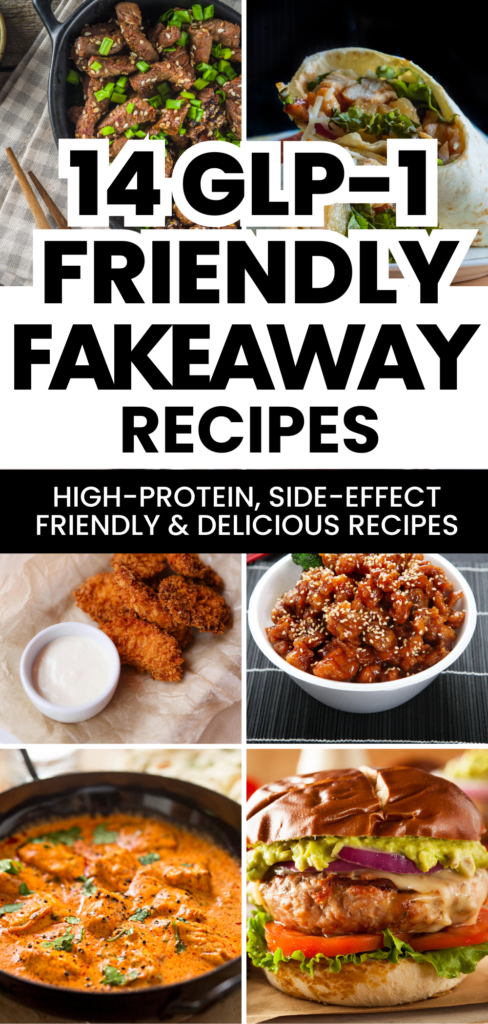
Introducing: The GLP-1 Fakeaway Recipe Book
I’ve put together a FREE recipe ebook packed with high-protein, GLP-1-friendly fakeaway meals that will satisfy your cravings without the side effects. No dodgy ingredients. No food that’ll leave you bloated, nauseous, or running to the loo.
Just proper tasty meals that help you hit your protein goals and keep your GLP-1 journey smooth.
What’s Inside?
- All your favourite takeaway meals—made healthier, higher in protein, and GLP-1 friendly!
- Side-effect-safe ingredients – no greasy, processed rubbish that messes with digestion.
- Meals that actually fill you up – because tiny, unsatisfying portions? Not on my watch.
- Ridiculously easy recipes – because who has time for faff?
What’s on the menu?
High-Protein Chicken & Cheese Quesadilla – Crispy, melty, cheesy goodness, but with a solid protein boost.
Better-Than-Takeout Honey Garlic Shrimp with Rice – Sweet, garlicky, and better than your usual dodgy takeaway container.
High-Protein Turkey Smash Burger with Avocado Mayo – Juicy, crispy edges, with a creamy avo mayo you’ll want to put on everything.
Creamy High-Protein Butter Chicken (with Naan or Rice) – Rich, comforting, and still protein-packed? Yep.
High-Protein Low-Carb Pizza – Because life without pizza is just sad.
High-Protein Beef & Cheese Taco Bowl – No shell, just all the good stuff in one high-protein bowl.
Sesame Chicken with Broccoli – A sweet, sticky, crunchy stir-fry fix without the takeaway guilt.
Lemon Herb Air Fryer Chicken Tenders – Crispy outside, juicy inside, no deep frying required.
Chicken & Cheese Wrap (Subway Style) – Fresh, protein-packed, and way better than the mystery meat version.
High-Protein Chicken Ramen – Noodles? Yes. Protein? Yes. Takeaway regret? Absolutely not.
High-Protein Sushi Bowl – All the sushi vibes, none of the effort.
Korean Beef Bowl (Korean BBQ Fakeaway) – Sweet, spicy, savoury perfection in a bowl.
BONUS: Two Dessert Fakeaways!
High-Protein Vanilla “Milkshake” (McDonald’s Fakeaway) – Thick, creamy, and packed with protein instead of sugar crashes.
High-Protein Strawberry Cheesecake Mousse – Tastes like a cheat meal, but it’s 100% on-plan.
Why You Need This Fakeaway Recipe Book
Look, takeaways are tempting, but they’re also sodium bombs, bloating traps, and digestion nightmares when you’re on GLP-1 meds. This book gives you:
- Side-effect-friendly swaps – No dodgy ingredients, just food that fuels your weight loss.
- High-protein meals to keep you full – Say goodbye to cravings and low energy.
- Quick, no-fuss recipes – Because who has time for complicated cooking?
- Comfort food that keeps you on track – Lose weight while still loving what’s on your plate.
Looking for more GLP-1 guidance? This post is part of my GLP-1 weight loss series, covering everything from starting out to maintaining results long-term. Check out all the posts below!
- GLP-1 Medications 101: What They Are and How They Work
- How to Get the Best Results on GLP-1 Medications: Tips for Success
- 5 Common Mistakes People Make on GLP-1 Medications (and How to Avoid Them)
- The Ultimate GLP-1 Meal Plan: Easy Protein-Packed Meals for Weight Loss
- The Ultimate GLP-1 Grocery List
- 8 Foods to Avoid If You’re Serious About Thriving on GLP-1 Medications
- Navigating Side Effects on GLP-1 Medications: What’s Normal & How to Manage Them
- Exercise on GLP-1: The Best Workouts for Fat Loss and Muscle Retention
- Coming Off GLP-1: How to Maintain Your Weight and Avoid Regaining
- 13 GLP-1 Must-Haves to Make Fat Loss Easier (and faster!)
- 14 High-Protein GLP-1 Fakeaway Recipes – Easy, Delicious & Side-Effect Safe!
- The Best GLP-1 Supplements for Energy, Muscle & Health
Get Your Free Copy Now!
Why fight your cravings when you can just fakeaway them the right way? Grab your free copy of the GLP-1 Fakeaway Recipe Book now!
PS: Tried one of the recipes? Let me know which one’s your fave in the comments!
Need an easy plan to follow?” I’ve put together a high-protein, GLP-1-friendly meal plan that’s balanced, satisfying, and free from the foods that mess with your progress. Check it out here! The Ultimate GLP-1 Meal Plan
📌 Pin this for later! ⬇
